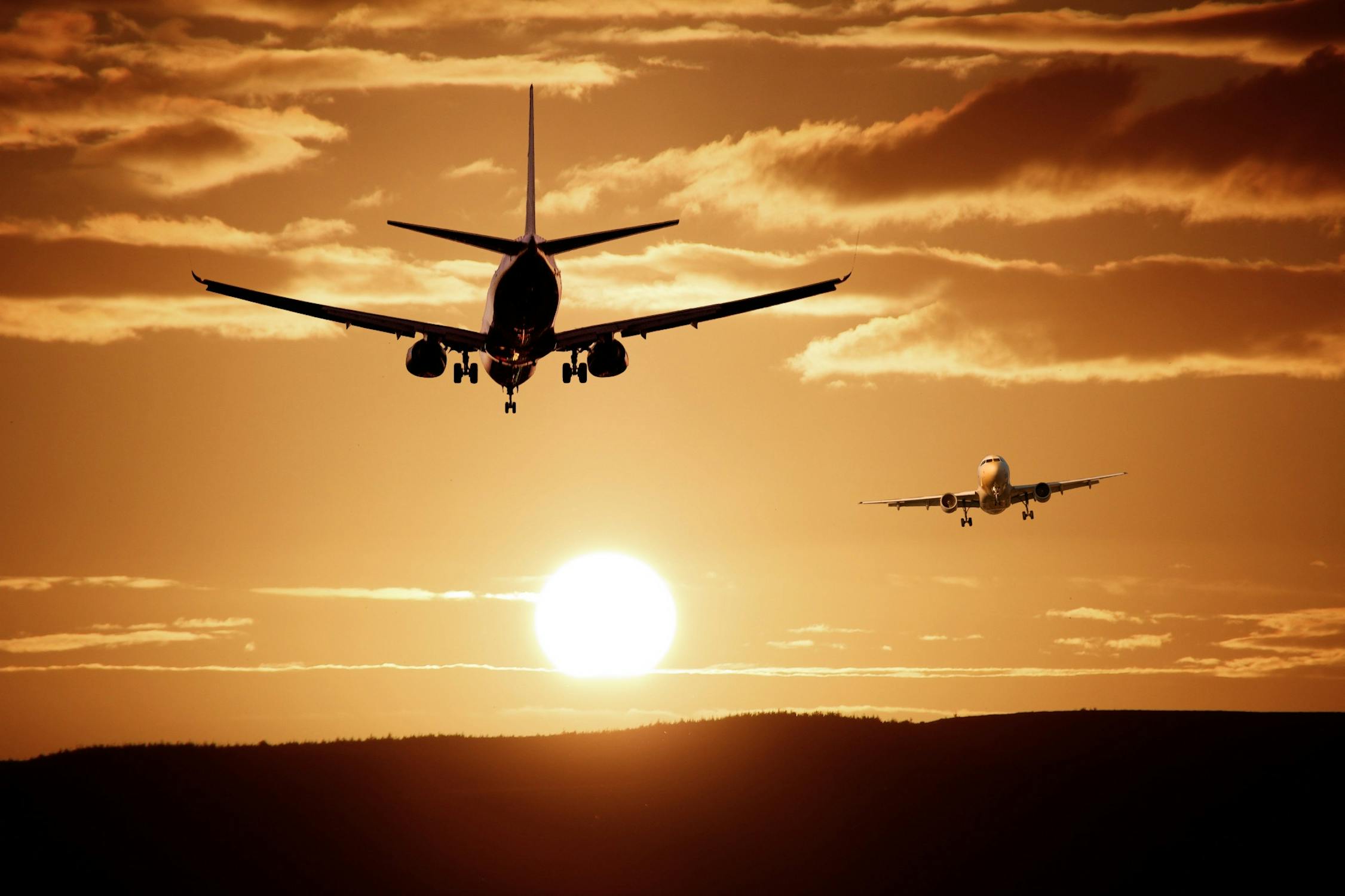Charting a Sustainable Course: Airlines' Path to a Greener Future
In an era where environmental concerns are at the forefront of global conversations, the aviation industry finds itself under increased scrutiny for its impact on the planet. However, as the world collectively strives for a greener future, airlines are stepping up to the challenge, reimagining their operations to minimize their carbon footprint and usher in an era of sustainable travel. Here's a look at how airlines can take proactive steps towards a greener future, mitigating their environmental impact while maintaining the magic of flight.
1. Embrace Fuel Efficiency and Alternative Fuels:
The aviation industry has made significant strides in improving fuel efficiency. Newer aircraft models incorporate advanced technologies that enhance engine performance, reduce drag, and optimize fuel consumption. However, airlines can go even further by adopting alternative aviation fuels, such as biofuels. These fuels, derived from renewable sources, emit fewer greenhouse gases compared to traditional jet fuels, thus contributing to a reduction in the industry's carbon emissions.
2. Fleet Modernization and Innovation:
The age of an aircraft is directly correlated with its fuel efficiency. As airlines prioritize fleet renewal, retiring older, less-efficient planes in favor of newer, more eco-friendly models, they can significantly cut down on emissions. Moreover, ongoing research into electric and hybrid-electric propulsion systems for short-haul flights offers a promising avenue for further reducing the carbon footprint of aviation.
Infact, in Feburary 2023, BLADE by Rob Wiesenthal along with its partenr BETA Technologies has successfully completed the flights of an eVTOL called ALIA-250, thus bringing us one step closer to a greenr aviation industry.
3. Efficient Operations and Infrastructure:
Enhancing the efficiency of flight operations can lead to substantial emissions reductions. Airlines can implement practices like optimizing flight paths, reducing taxiing time, and investing in advanced air traffic control systems that enable smoother and more direct routes. Additionally, improving ground operations, such as minimizing engine idle time during boarding and deplaning, can also contribute to overall efficiency gains.
4. Carbon Offsetting and Emission Reduction Strategies:
While striving for carbon-neutral flights remains a long-term goal, airlines can take immediate action by investing in carbon offset programs. These initiatives involve supporting projects that absorb or reduce an equivalent amount of carbon dioxide emissions as those generated by flights. Partnering with reforestation efforts, renewable energy projects, and sustainable community development can make a tangible impact on the industry's environmental footprint.
5. Sustainable Infrastructure Development:
Airlines are increasingly advocating for the development of sustainable aviation infrastructure, including the expansion of airports with eco-friendly designs. These designs incorporate energy-efficient terminals, efficient waste management systems, and renewable energy sources. Furthermore, investing in ground-based electric charging infrastructure for hybrid and electric aircraft can pave the way for a more sustainable aviation industry.
6. Minimizing Single-Use Plastics and Waste:
The aviation industry can significantly reduce its environmental impact by minimizing the use of single-use plastics and adopting more sustainable in-flight service practices. Airlines can opt for biodegradable or recyclable alternatives for items like cutlery, cups, and packaging. Moreover, implementing robust waste management and recycling programs can help reduce the amount of waste generated during flights.
7. Collaboration and Industry Partnerships:
The journey towards a greener aviation industry requires collaboration among airlines, governments, manufacturers, and various stakeholders. Industry partnerships can drive the development of innovative solutions, such as sustainable fuels and advanced technologies. Regulatory bodies can also play a crucial role by setting emission standards and providing incentives for eco-friendly practices.
8. Passenger Education and Engagement:
Airlines have a unique platform to educate and engage passengers on sustainable travel practices. In-flight communications can highlight the steps airlines are taking towards sustainability and provide passengers with tips on reducing their own carbon footprint during their journey. Encouraging passengers to choose direct flights, pack lighter, and offset their travel emissions can collectively contribute to a greener travel experience.
9. Continuous Research and Innovation:
The pursuit of a greener future is an ongoing journey that demands continuous research and innovation. Airlines can invest in research centers and partnerships to explore cutting-edge technologies, from more efficient propulsion systems to novel materials that reduce aircraft weight and fuel consumption. Encouraging employees to think creatively and fostering a culture of innovation can drive transformative changes within the industry.
10. Transparency and Accountability:
Airlines committed to a greener future should prioritize transparency by regularly reporting their carbon emissions and sustainability initiatives. Sharing progress and challenges with stakeholders builds trust and accountability, fostering an environment where airlines are held responsible for their commitments to reducing their environmental impact.
As airlines soar into the future, their commitment to sustainability must be unwavering. By embracing fuel efficiency, modernizing fleets, optimizing operations, investing in innovative technologies, and fostering collaboration, the aviation industry can lead the way towards a greener and more environmentally responsible future. The skies can remain a realm of wonder and exploration, but now with a renewed focus on stewardship and harmony with the planet.

